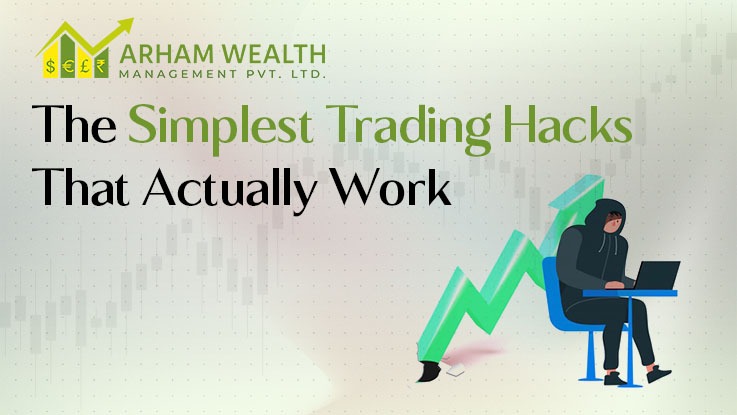


Traders are always on the lookout for that extra edge—something that helps them make better trades and earn bigger profits. But in the rush to try fancy indicators and new-age tools, many forget that the best trading hacks are often the simplest ones.
In the world of trading, price is king. Every fancy indicator or charting tool is actually just based on price—whether it’s RSI, MACD, Bollinger Bands, or anything else.
Think of it this way: if you go to McDonald’s for a burger, you want the bun and the patty. The ketchup is just for taste. Indicators are like the ketchup—price is the real deal.
So what should you watch?
In an uptrend, price makes higher highs and higher lows.
In a downtrend, it makes lower highs and lower lows.
Just draw a simple trendline connecting the swing highs and swing lows on a chart, and you’ll know where the market is headed.
Volume shows you how much a stock is being traded. But let’s spice things up a bit.
Here’s a powerful hack:
Divide the total volume by the number of trades.
This gives you the average ticket size per trade (TST).
Why does this matter?
Retail traders usually:
Trade 2–5 lots in F&O
Or around 8,000–10,000 shares in delivery
But if you see the average trade size shoot up to 25 lots or more in F&O, or 50,000+ shares in cash?
That’s not your average Joe trading.
That’s the big institutions—the "smart money"—and they usually know what they’re doing.
Even if institutions try to hide their moves by splitting trades into smaller chunks, the number of trades will shoot up. So a spike in both volume and trade count is a big clue that they’re accumulating silently.
Open Interest (OI) is like a pressure gauge. It shows how many positions are still open in the F&O market.
Every stock has a limit set by SEBI, called the Market-Wide Position Limit (MWPL).
When traders take more positions, MWPL goes up. The more it rises, the more money (and emotion) is tied to that stock.
Here’s what to watch:
If MWPL goes up , that stock becomes hot and volatile. More margins are needed, and price moves can be wild.
If you love action and don’t mind the risk, go for high-MWPL stocks.
Pro Tip: When the market is in a solid uptrend, you’ll often see:
Prices going up
Volumes increasing
TST shooting up
MWPL goes up
That’s your green signal. Ride the wave.
Keep It Simple, Trade Smart
You don’t need 10 indicators or a thousand chart patterns. Master just these three:
Price
Volume (especially TST)
Open Interest (MWPL)
They’ll tell you who’s buying, how much they’re buying, and how strong the move really is.
Use these filters in your trading routine, and your chances of success go way up.